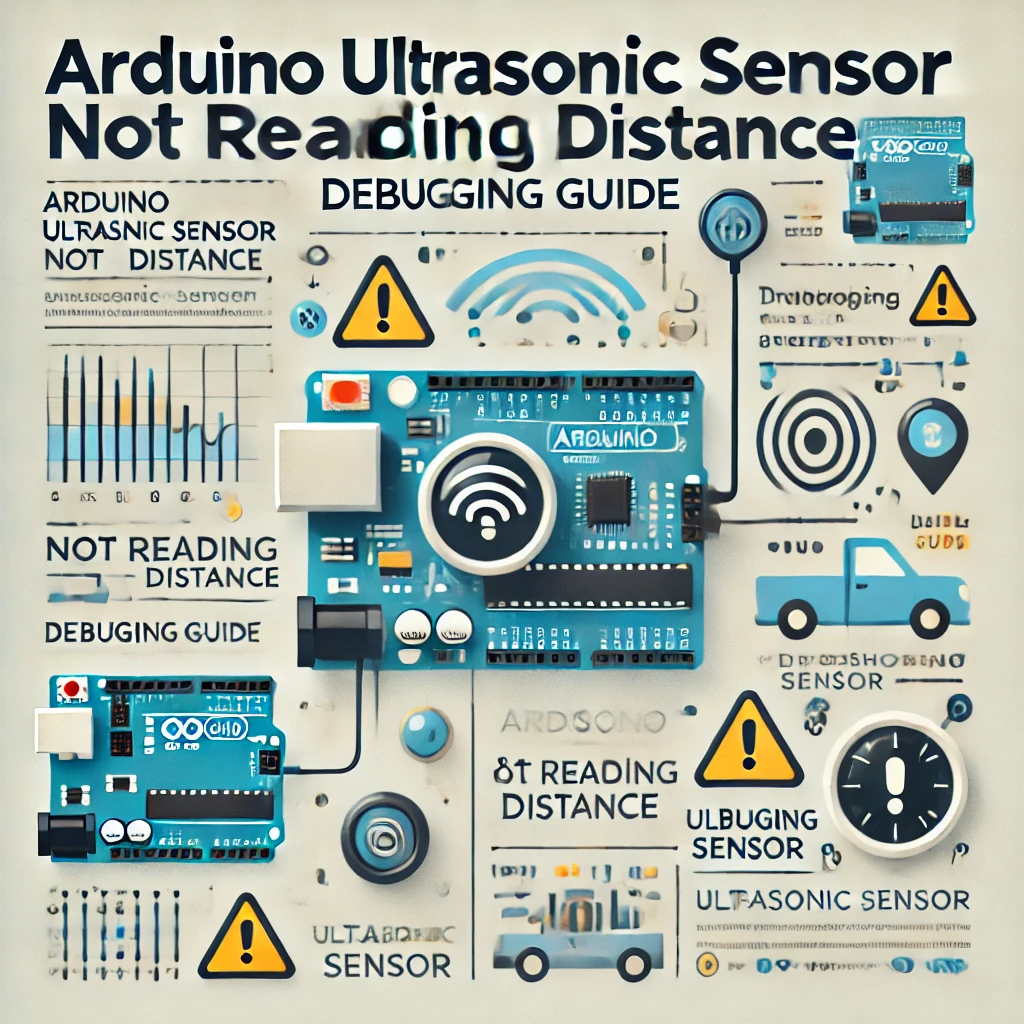When working with stepper motors and Arduino, motor drivers like the A4988 or DRV8825 are crucial for controlling the motor’s movement. However, stepper drivers are prone to overheating if not managed correctly, leading to potential burnout and damage to your components. In this guide, we will explore the causes of motor driver overheating and provide practical tips on how to prevent stepper driver burnout in your Arduino projects.
Common Causes of Motor Driver Overheating
1. Excessive Current Draw
One of the most common causes of overheating is excessive current flowing through the stepper driver. Stepper motors can draw a significant amount of current, especially when driving larger motors or using microstepping modes.
Symptoms:
- The motor driver becomes too hot to touch after a short period.
- The motor stalls or moves inconsistently.
Fix:
- Set the correct current limit: Use the driver’s VREF potentiometer to adjust the current limit. Each driver has a reference voltage (VREF) that controls the maximum current. Consult the driver’s datasheet to calculate and adjust the current to safe levels.
Example for A4988:
- Formula: VREF = Current Limit × 8 × Sense Resistor Value
- Adjust the VREF using a small screwdriver and a multimeter.
2. Insufficient Cooling
Stepper drivers generate heat when operating, and without proper cooling, they can overheat and cause thermal shutdown or burnout.
Symptoms:
- The driver shuts down intermittently.
- The motor behaves erratically or stops functioning altogether.
Fix:
- Add heatsinks: Attach small heatsinks to the driver’s IC to help dissipate heat. You can find adhesive heatsinks specifically designed for A4988 or DRV8825 drivers.
- Use active cooling: Place a small fan near the motor driver to provide airflow and reduce heat buildup during extended operation.
3. Overvoltage
Supplying too much voltage to the stepper driver can cause it to overheat. Drivers like the A4988 and DRV8825 have maximum voltage ratings, and exceeding these limits can damage the driver.
Symptoms:
- The driver overheats almost immediately after powering on.
- The driver or Arduino board may stop working if damage occurs.
Fix:
- Check voltage ratings: Ensure that the input voltage is within the recommended range for your motor driver. For example, the A4988 supports a maximum of 35V, while the DRV8825 can handle up to 45V.
- Use a regulated power supply that matches the voltage and current requirements of your stepper motor.
4. Incorrect Stepper Motor Wiring
Incorrectly wiring the stepper motor to the driver can lead to overheating as the driver may struggle to control the motor properly.
Symptoms:
- The motor doesn’t move correctly, vibrates, or stalls.
- The motor driver becomes extremely hot during operation.
Fix:
- Double-check wiring: Ensure that the stepper motor coils are wired correctly. For an A4988 or DRV8825, the motor coils should be connected to the OUT1, OUT2, OUT3, and OUT4 pins in pairs.
Example for a bipolar stepper motor:
- Coil 1 connected to OUT1 and OUT2
- Coil 2 connected to OUT3 and OUT4
5. High Microstepping Mode
Using a high microstepping mode (e.g., 1/16 or 1/32 steps) can increase the current draw and generate more heat in the driver, leading to overheating.
Symptoms:
- The motor driver heats up more quickly when using high microstepping settings.
Fix:
- Reduce microstepping: If you don’t need high precision, reduce the microstepping mode to full steps or half steps. This will lower the current draw and reduce the heat generated by the driver.
Best Practices for Preventing Stepper Driver Burnout
- Use Current-Limiting Features: Always set the current limit on the driver based on the motor’s rated current. Adjust the VREF accordingly to ensure the motor gets enough power without overheating the driver.
- Add Heatsinks and Cooling: Attach heatsinks and use active cooling methods like small fans to dissipate heat and prevent thermal shutdown during long operations.
- Monitor Driver Temperature: Periodically check the temperature of your motor driver during operation. If it becomes too hot to touch, consider adjusting the current limit or improving cooling.
- Ensure Proper Wiring: Double-check your motor’s wiring and ensure the coils are correctly connected to the driver to avoid overloading or overheating.
- Avoid Overvoltage: Use a power supply that matches the driver’s recommended voltage range, and avoid exceeding the maximum voltage limit.
Conclusion: Preventing Overheating and Stepper Driver Burnout
Preventing stepper driver burnout involves managing the current limit, providing adequate cooling, and ensuring correct wiring. By following these best practices, you can avoid overheating issues and extend the lifespan of your motor driver and stepper motor setup.
FAQ
- How do I set the current limit for my stepper driver?
You can adjust the current limit by turning the VREF potentiometer on the driver. Use a multimeter to measure the VREF and set it according to the formula in the driver’s datasheet. - Do I need a fan for my stepper driver?
If your stepper driver overheats during extended use, adding a small fan can help improve airflow and prevent overheating. It’s especially useful in projects that run for long periods. - What happens if I supply too much voltage to the stepper driver?
Supplying too much voltage can cause the driver to overheat and may permanently damage the driver or other components in your project. - How do I know if my motor driver is overheating?
The motor driver may feel very hot to touch or shut down intermittently if it overheats. You may also notice erratic motor behavior or performance issues. - How does microstepping affect motor driver heat?
Higher microstepping modes increase the current drawn by the driver, which generates more heat. Reducing the microstepping can help lower the heat output.










